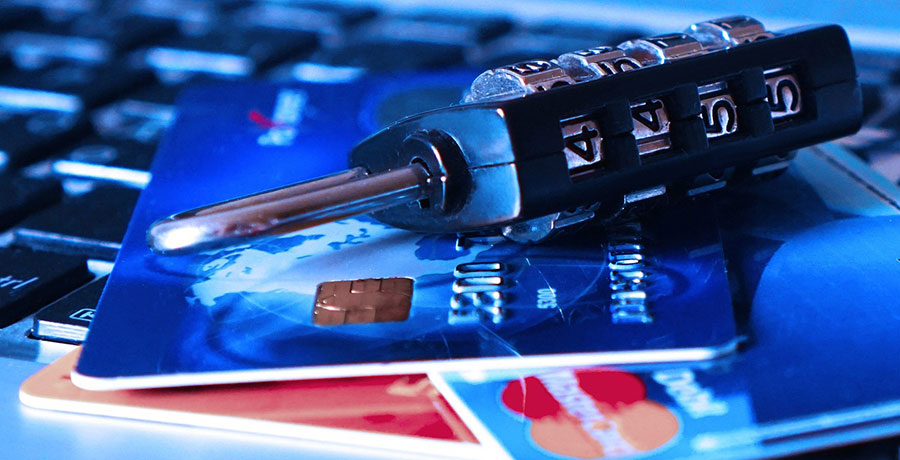
There has been a recent spike in carding attacks targeting WordPress websites running WooCommerce. These attacks are not only a major security threat but can also harm your reputation, lead to financial losses, and strain your hosting resources. As your trusted web partner, we want to ensure you’re informed and protected.
What Is a Carding Attack?
A carding attack is a type of fraud where cybercriminals use stolen credit card details to test which ones are still valid. They do this by making small purchases or checking out using your WooCommerce store’s payment gateway. If the transaction goes through, they know the card is active—and they’ll use it elsewhere or sell it on the dark web.
Because these attackers often use bots, your site can be bombarded with hundreds or thousands of fraudulent transactions in a short amount of time.
How Does It Affect Your Website?
Carding attacks can have serious consequences for your business:
- Increased Transaction Fees: Every attempted charge (even if small or declined) may result in transaction or gateway fees.
- Blocked or Suspended Payment Gateways: Providers like Stripe or PayPal may suspend your account for suspected fraud.
- Server Overload: High-volume bot attacks can slow down your site or crash it entirely.
- Reputation Damage: Customers may question your site’s security if they hear it’s been compromised.
- Chargebacks and Financial Loss: If charges go through, you could face costly chargebacks and administrative work.
How to Protect Your WooCommerce Store
Here are some actionable steps to protect your website and payment systems from carding attacks:
- Enable CAPTCHA on Checkout
Use tools like reCAPTCHA v3 or Cloudflare Turnstile to block automated bot traffic during checkout. - Limit Payment Attempts
Use a plugin or custom code to limit how many times a user can attempt a transaction within a set timeframe. - Use a Firewall or Security Plugin
Install a web application firewall (WAF) like Wordfence, Sucuri, or Cloudflare to monitor and block suspicious activity. - Enable Rate Limiting
Block users who make too many requests in a short period. This helps stop bots from brute-forcing your checkout page. - Restrict Checkout to Logged-in Users
While this may slightly reduce convenience, requiring users to create an account can greatly reduce bot attacks. - Monitor Logs and Transactions
Keep an eye on your WooCommerce orders and server logs. A high number of failed transactions is often the first sign of an attack. - Use Fraud Detection Tools
Payment gateways like Stripe and PayPal offer fraud detection settings. Enable features like AVS (Address Verification System) and CVV checks. - Geo-block Suspicious Countries
If your business doesn’t serve certain regions, use geolocation tools to block or restrict traffic from high-risk countries.
Stay Vigilant
As cyber threats evolve, so should your site’s defenses. If you’re not sure whether your WooCommerce store is adequately protected, I can help. Regular updates, security monitoring, and smart configuration can go a long way in keeping your store safe.
If you have any concerns or want me to review your current setup, don’t hesitate to reach out.